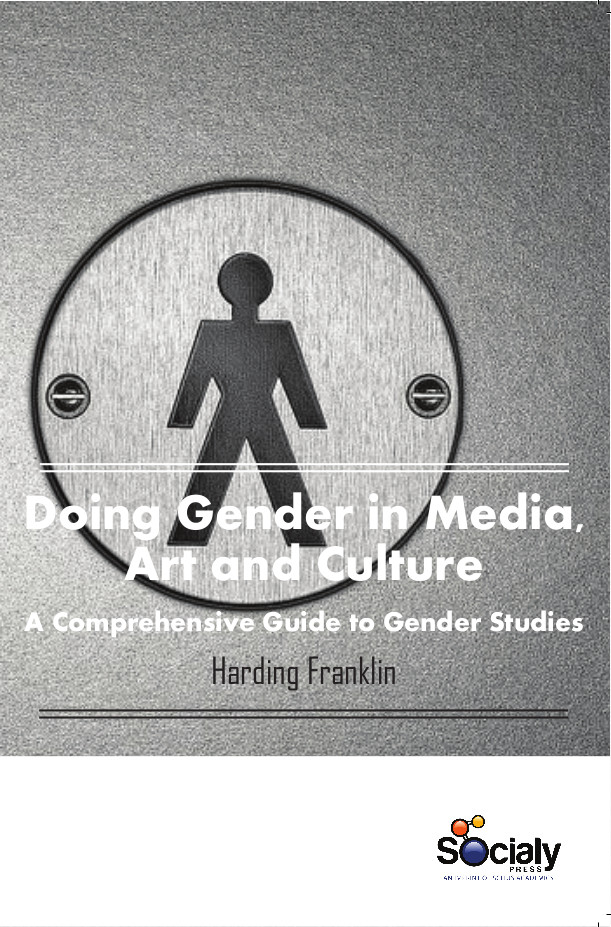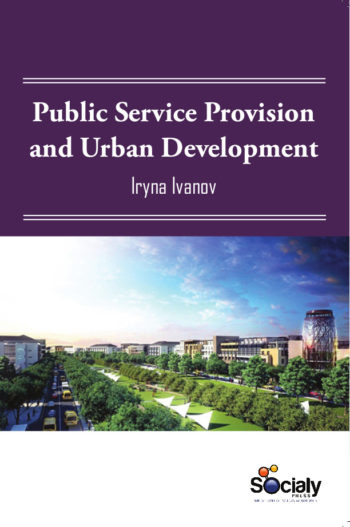Women’s and Gender Studies (WGS) integrates feminist theories and practices to challenge socio-economic, philosophical, representational, and political hierarchies. WGS both contests multiple forms of oppression and transforms knowledge, institutions, policies, representations, and social relations. Through different methodological practices, this comprehensive guide investigates how gender relations and practices are embedded in, and shaped by, a wide range of social, political, material, and cultural realities. It analyzes past and present aspects of social life across cultures to understand how gendered norms and inequalities are reproduced, change over time and space, shape individuals’ identities, experiences and opportunities, and intersect with other axes of inequality such as “race,” ethnicity, sexuality, class, or disability. WGS’ level of academic institutionalization varies significantly across countries, but it is an established field that has grown significantly in the late 20th and early 21st centuries. This broader commitment to academic and social change is a central feature of WGS: the field seeks not only to create more knowledge but also to examine critically how knowledge is produced and to use that knowledge to reduce gender-based violence and discrimination, combat homophobia and sexism, and promote diverse and inclusive understandings of femininity and masculinity. This questioning of academic knowledge extends to WGS itself: another of its key features is a commitment to examining its own practices of knowledge production critically.
Therefore, WGS scholars have ongoing debates about issues such as the field’s position in academia, the nature of its objects of study, its name, how canons are created, and what they exclude.
Doing Gender in Media, Art and Culture: A Comprehensive Guide to Gender Studies presents the wide-ranging coverage of topics within women’s and gender studies from a sociological perspective. It considers both the history of the field and more recent developments within it, explains key concepts in an accessible way and includes detailed overviews of research findings and relevant statistics. This comprehensive Guide will be of particularly useful for postgraduates and scholars interested in media, art, and culture.













